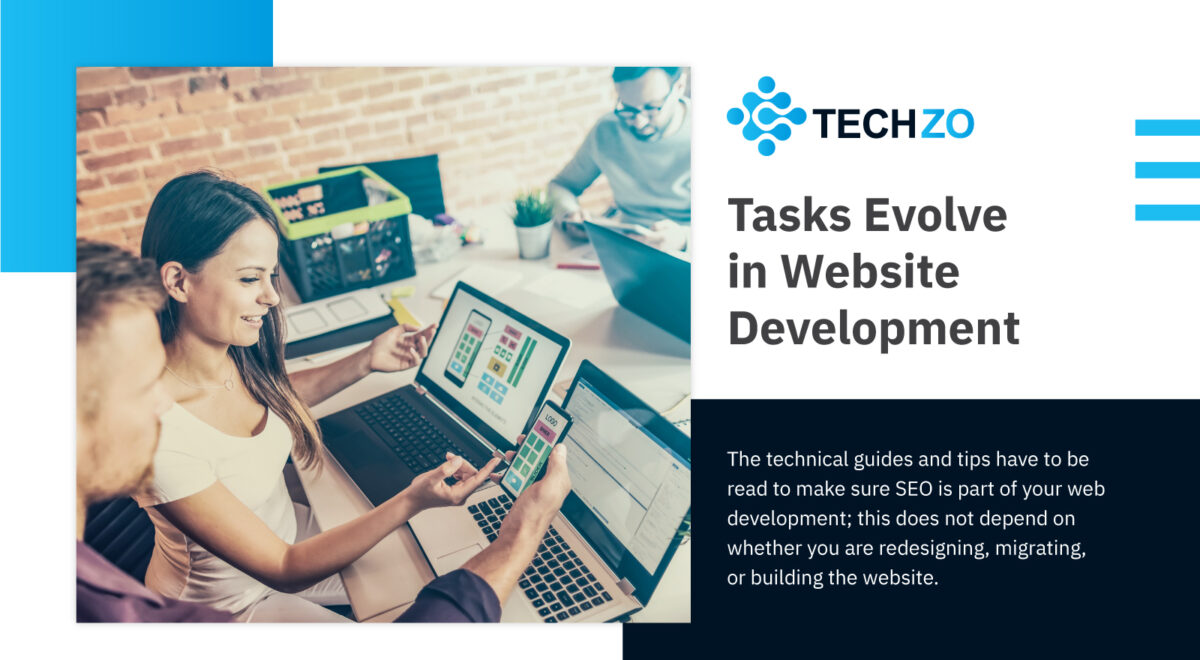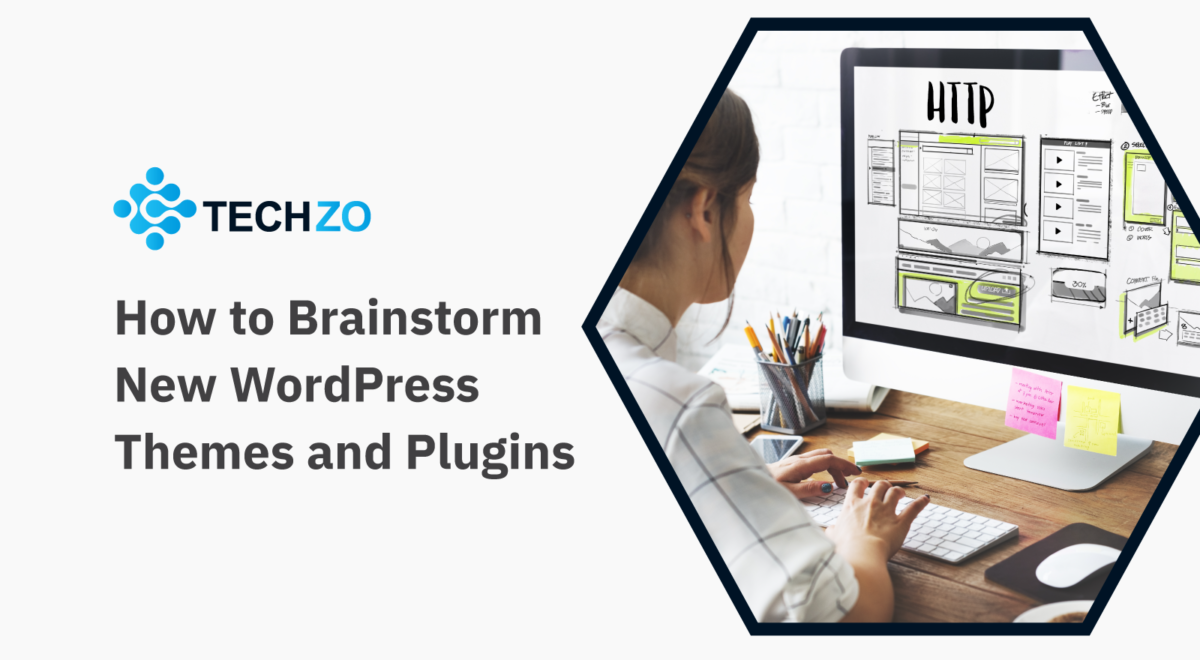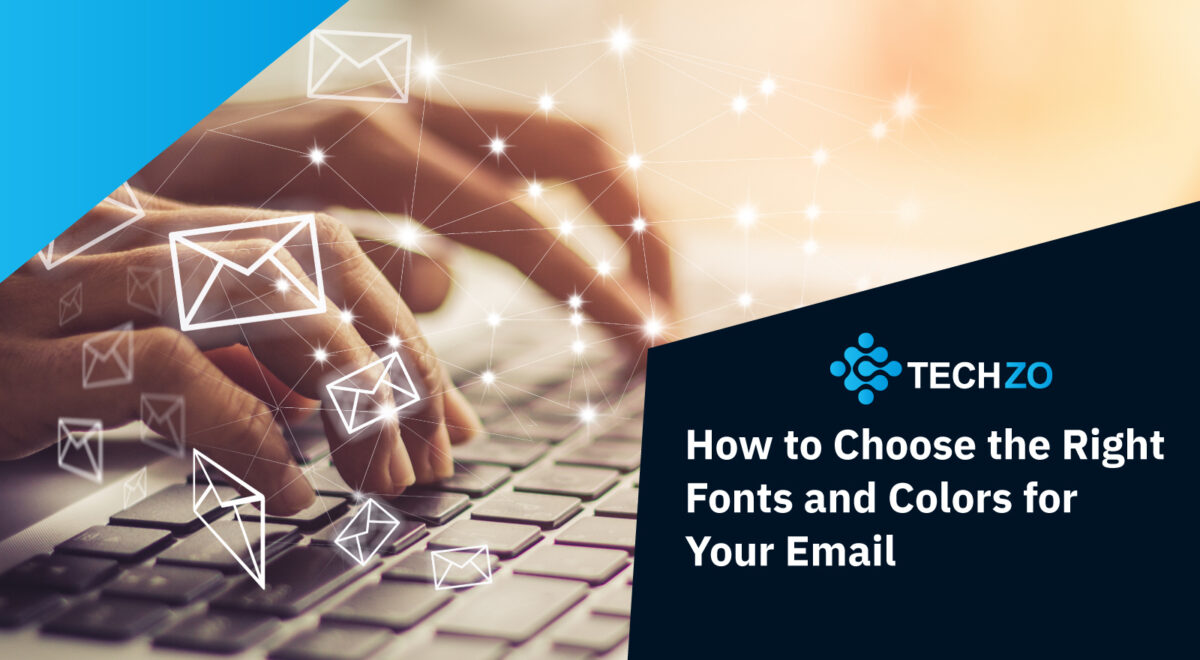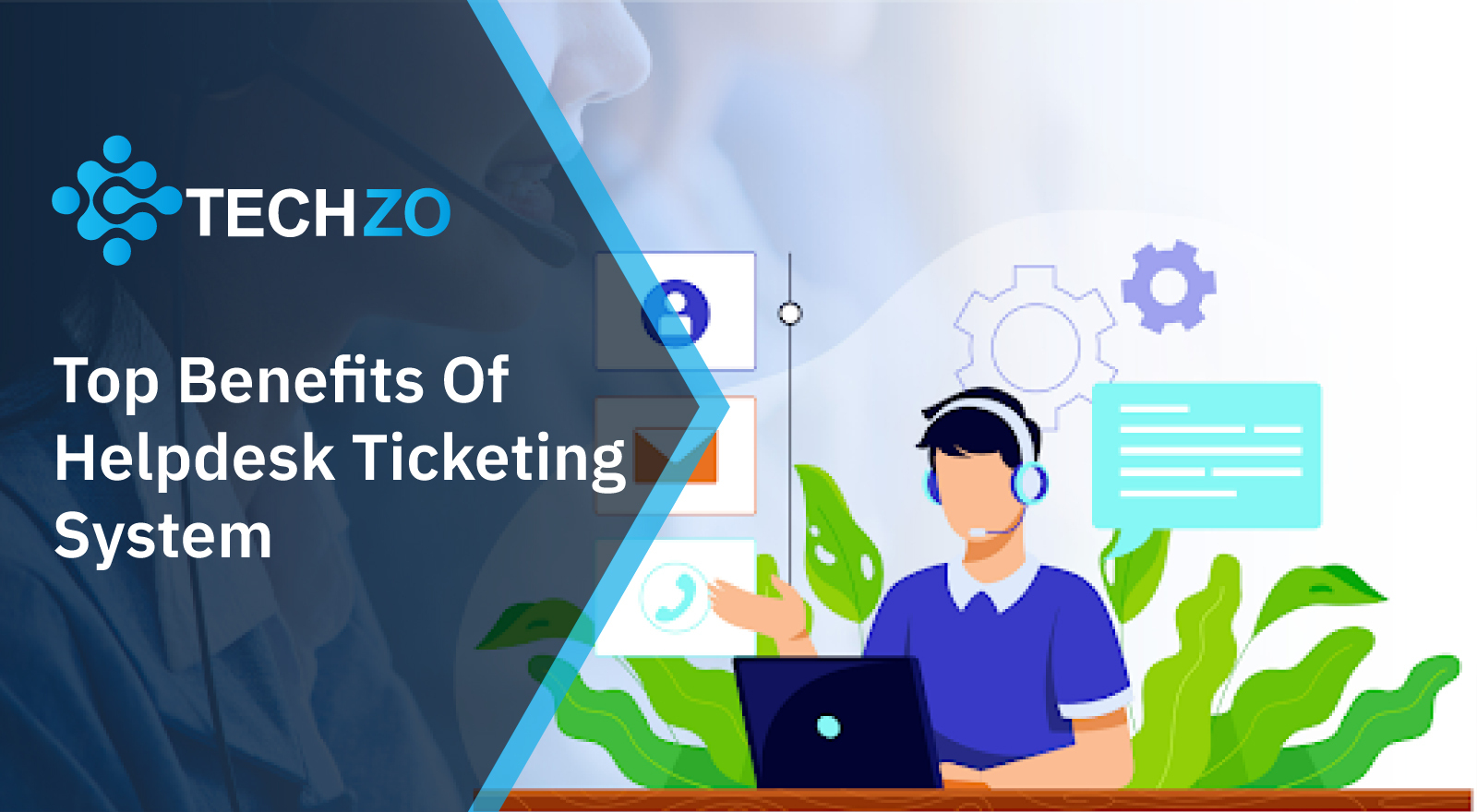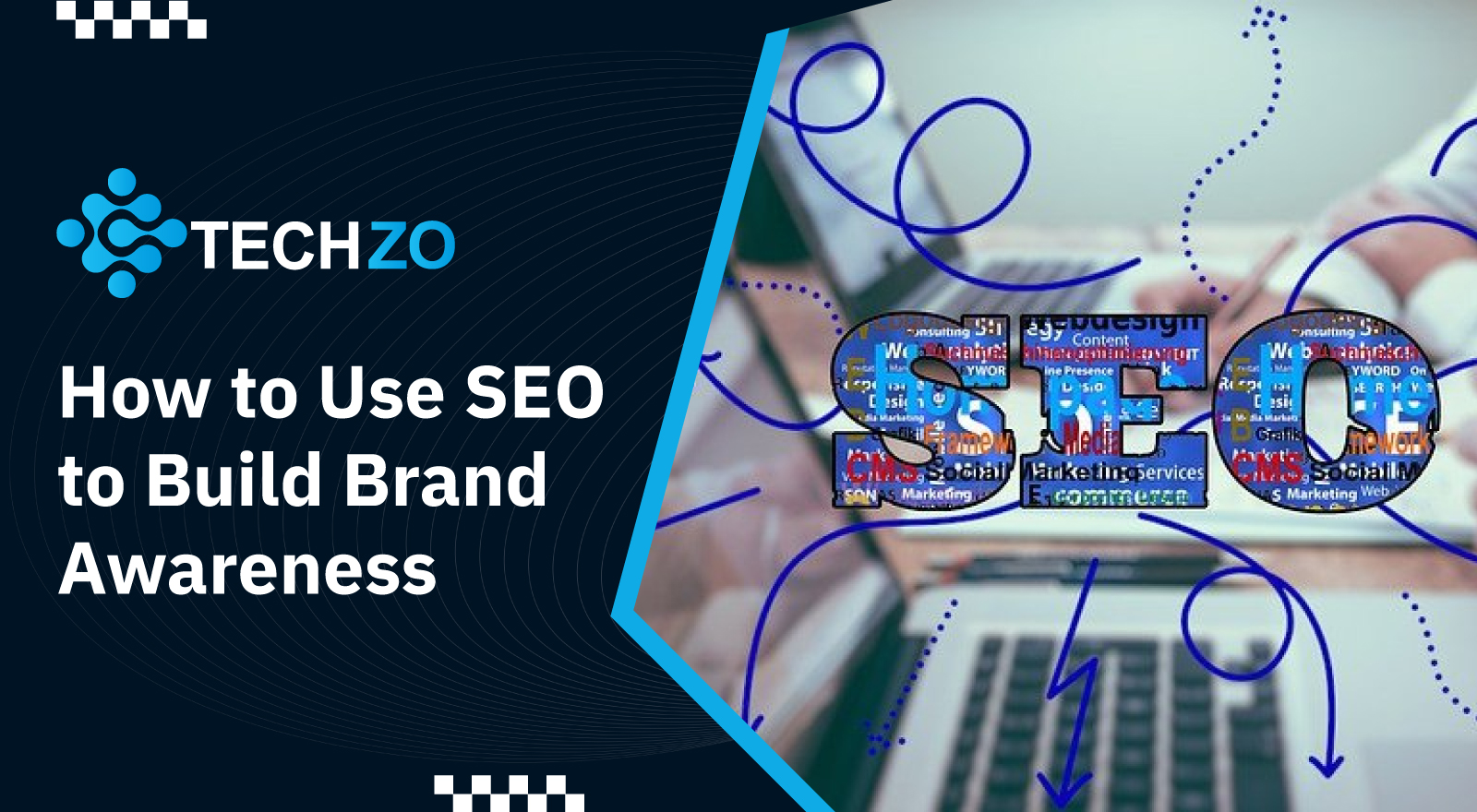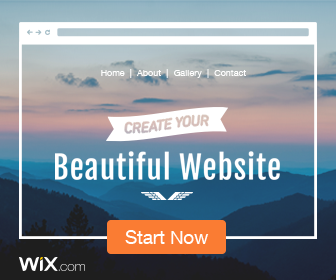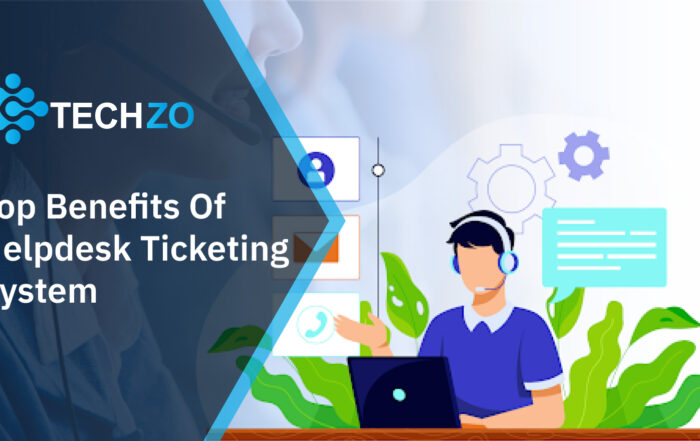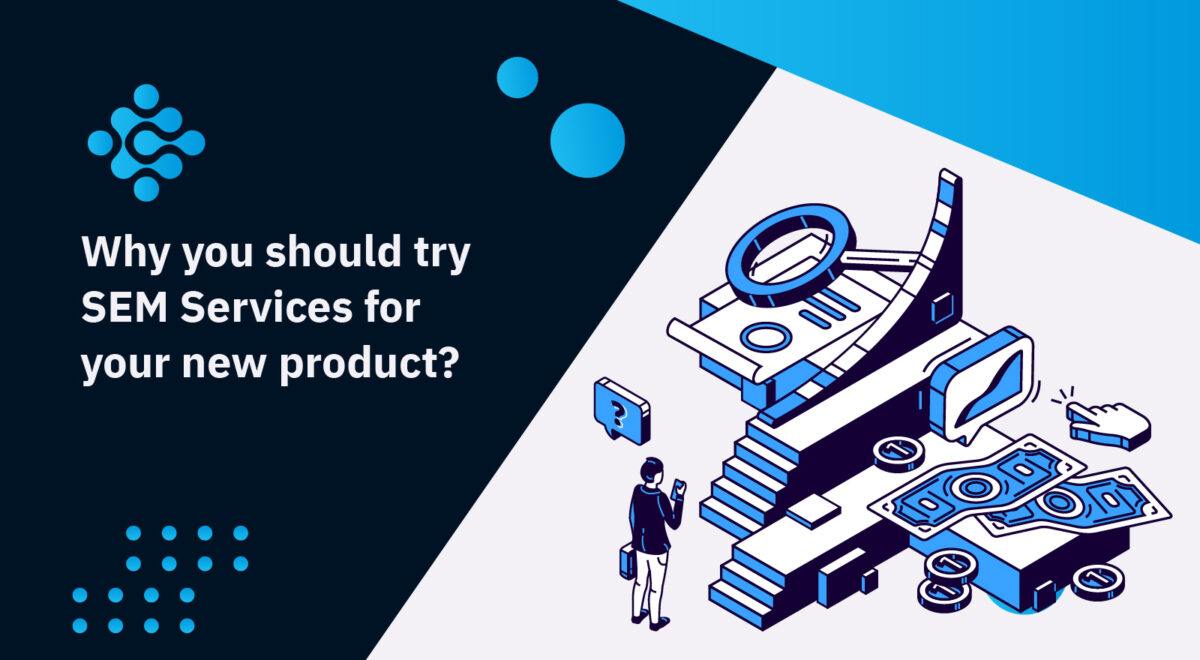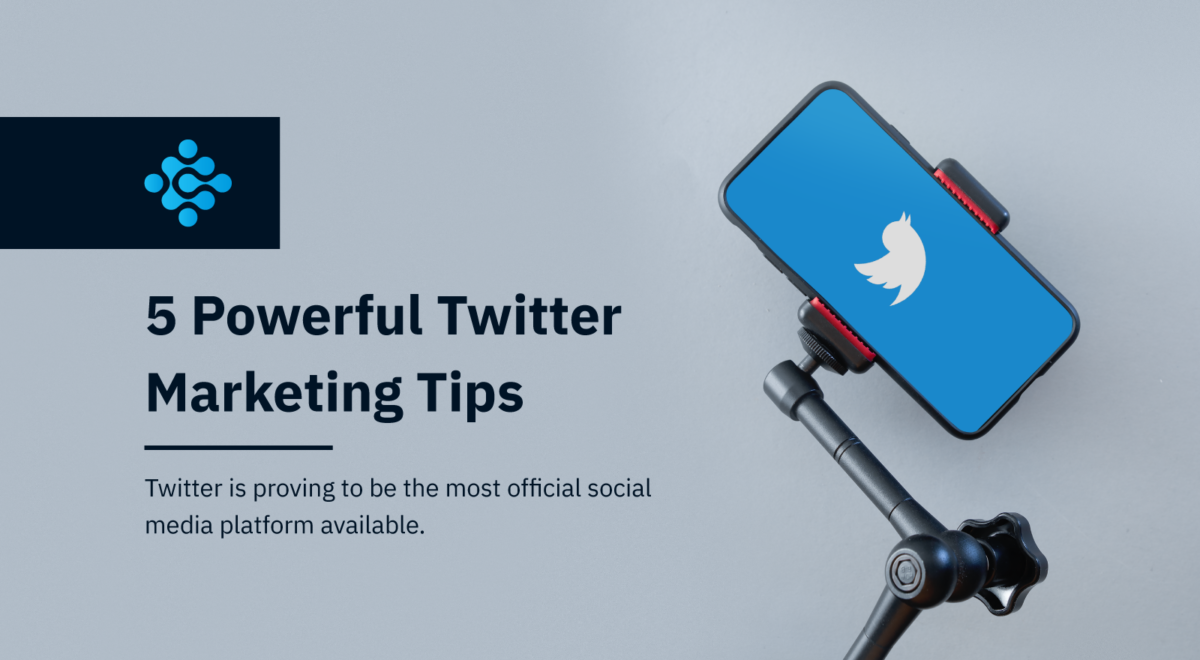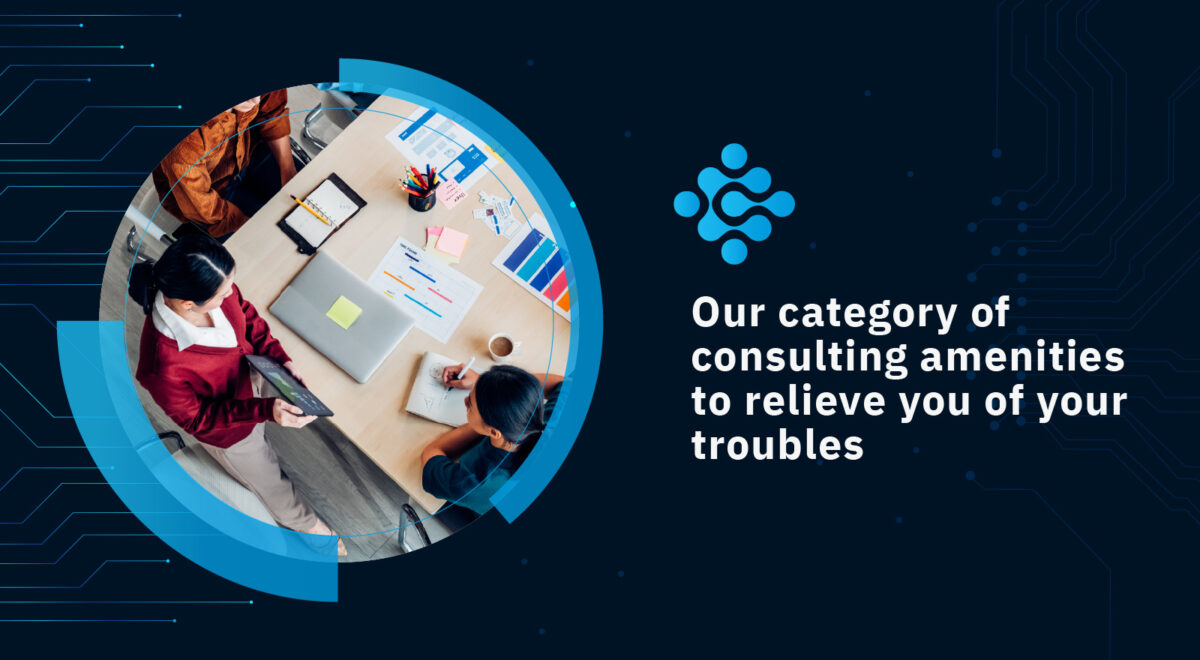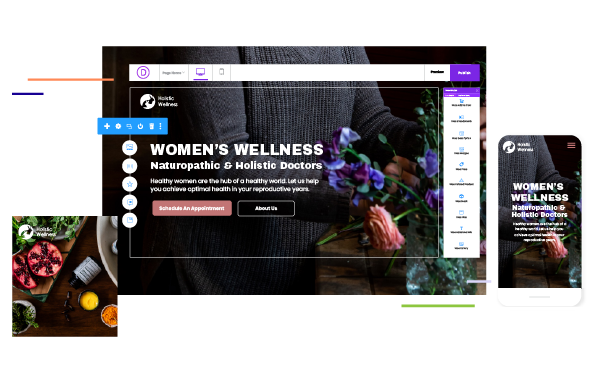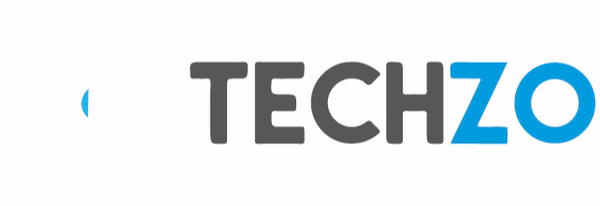The world of technology changes rapidly, and website design trends are no different. The design elements that were once modern and innovative may now look tired, overdone, and cliche to many onlookers. In fact, 48% of website visitors rate website design as the #1 factor for judging a business’s credibility. And if your website looks outdated or ignorant of critical web standards, you can potentially lose out on a lot of conversions.
Fortunately, we keep up with all the latest website design and development trends to help you create highly functional, easy-to-use websites that not only look fantastic – but offer visitors an incredible experience.
What are these trends for 2021? Let’s find out in the guide below!
1. Virtual Reality
Gradually, the dynamics of virtual reality (VR) are stepping into the web design process. In fact, you may have seen examples of those on sites like Airbnb, where the realtors let you take a tour of the rental place before making a reservation. Similarly, furniture store IKEA has the ability to showcase what a piece of furniture would look like in your room through the powers of VR.
Especially for eCommerce stores, VR can be a powerful addition that lets websites serve helpful and meaningful content to the visitors in a way that helps them make a buying decision.
2. Chatbots
Another feature that has been popular for some years and will continue to be relevant in the year 2021 is the integration of chatbots. As artificial intelligence becomes more advanced and sophisticated, we can expect to see chatbots taking over the jobs of customer service representatives and aiding simple requests with ease.
Chatbots are a great way to offer the visitor real-time, round-the-clock support that helps them move through the sales funnel. The customers of today expect speedy responses, and chatbots can give them the answers they need no matter what time it is.
Rather than waiting for a human customer representative to get back at them, customers can get answers to their queries right away and continue their online activity. This reduces friction and improves the overall user experience.
3. Voice-activated Interface
Gone are the days when most users typed a search query. Now 7 out of 10 website visitors prefer to voice search their question instead of traditional typing.
This means that web design should also adjust and keep up with the trend by integrating voice chatbots and virtual assistants in their interface. Though this is not yet commonplace for most websites, this emerging trend isn’t going anywhere in the foresighted future.
With time, we can expect to see more and more websites integrating voice search as an alternative to traditional ‘type’ search.
4. 3D Elements
The importance of 3D has been recognized in the movie and gaming industry.
While 3d printing is gradually gaining a reputation in the world of architecture, medicine, science and engineering, 3D designs in websites are also at the peak of their popularity. There are many web designers focusing on 3D elements as part of their offerings.
When compared to flat 2-dimensional designs, the 3D web designs are more attractive and eye-catching. They offer a more realistic approach to the properties and create a feeling of physical presence. Additionally, 3D designs can help the consumers make an informed decision by analyzing product properties more effectively.
5. White Space
White space, also known as the ‘negative space,’ is the term given for spacing between elements. It necessarily does not have to be white – just an empty area without any design content.
When it comes to web design, white spaces are quite popular. They not only give the content room to breathe but also helps it to stand out better than a ‘crammed’ layout.
Overall, the experience is more relaxing for the website visitors as this phenomenon improves readability and lets the viewer comprehend the content in a better way.
6. Dark Mode
Another design trend that is popular nowadays is the dark mode. These days dark mode is everywhere, and many users opt for the style as it is more aesthetically pleasing. It also reduces eye strain, especially for the users who have a habit of surfing the internet during night hours.
When working out a web design, consider how your design will look with a dark color scheme – even if this is not by default. You can also get a similar effect by opting for deep, dark color palettes for the overall website and user interface designs.
Since the dark mode is based on user preference, designers should think about how their design will look if the user selects it. Remember, the dark mode interface is not only a reversal of the color palette. Instead, it’s an intentional combination of dark, deep colors that create the same visual feel as a lighter interface and maintain readability and functionality.
7. Lazy Loading
Many website owners are guilty of having graphical-heavy websites that can slow them down.
Website visitors expect a site to load fast and not take longer than 2-3 seconds after they click on the link. If it takes longer than that, the audience will most likely leave your site and never click back again.
Luckily, there is a way to resolve the slow loading issue in heavy websites. Known as ‘lazy loading,’ the technology ensures that web browsers will download only the content you see on screen without wasting valuable server resources and time to load content that the visitor might never see. This way, the webpage will only load the content as the audience begins scrolling down on the page and getting closer to it.
8. Text-Only
In a newspaper, you may have noticed the paper putting their most eye-catching information ‘above the fold’ to increase sales. The commercial websites of today are following the same trend and putting relevant information in the ‘hero section’ to attract the attention of internet users who are bombarded with different web pages each day.
Typically, web designers remove the traditional background image and replace it with eye-catching typography. The bold, the typography is, the better. And with a simple background, the emphasis remains on the text element – enabling the web developers to convey their message effectively.
Final Words
There will always be some aspects of web designs that never go out of style – user-friendly navigation, cybersecurity, and fast load times should be an added element in any website. However, you can keep your website at the forefront of designs and search engines by adding some of these design trends to your layout. Try them out! Good luck!

